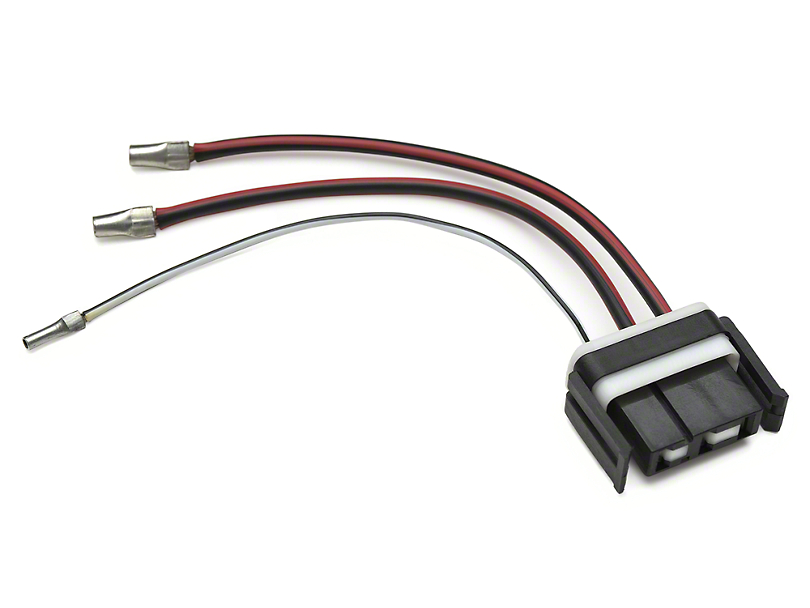BFL13
Jan 15, 2018Explorer II
Alternator to House Battery Charging Test Results UPDATE
Update 18 Jan--
This is for my rig with its particular wiring (some changes to original done by me). Has the dreaded Ford 2G alternator.
Testing on a pair of 6s starting at about 55% SOC and 12.2v (so can accept lots of amps--more than from my alternator charging so not a bottleneck for the test) Used Trimetric for house battery voltage and amps, and multimeter for engine battery voltage.
Engine was idling for the test except as noted. Engine hood up, so a bit longer to warm up maybe. Started test at 0925
0925- Cranked engine--immediate 37 amps but tapering fast.
0927- 28 amps/13.3v Engine batt 14.59 volts
0930- 26a/13.3v --14.40v
0935- 24.4a/13.2v--14.35v
0940- 23.0a/13.2v--14.29v Revving made amps go down by about 1 amp
0945- 21.9a/13.2v--14.26v Closed hood to see if more heat matters
0950- 19.1a/13.2v--14.18v engine is warmed up to "normal" Stopped.
Restored 10.7 AH on Trimetric in the 25 minute test.
This is for my rig with its particular wiring (some changes to original done by me). Has the dreaded Ford 2G alternator.
Testing on a pair of 6s starting at about 55% SOC and 12.2v (so can accept lots of amps--more than from my alternator charging so not a bottleneck for the test) Used Trimetric for house battery voltage and amps, and multimeter for engine battery voltage.
Engine was idling for the test except as noted. Engine hood up, so a bit longer to warm up maybe. Started test at 0925
0925- Cranked engine--immediate 37 amps but tapering fast.
0927- 28 amps/13.3v Engine batt 14.59 volts
0930- 26a/13.3v --14.40v
0935- 24.4a/13.2v--14.35v
0940- 23.0a/13.2v--14.29v Revving made amps go down by about 1 amp
0945- 21.9a/13.2v--14.26v Closed hood to see if more heat matters
0950- 19.1a/13.2v--14.18v engine is warmed up to "normal" Stopped.
Restored 10.7 AH on Trimetric in the 25 minute test.

